The document approval process is crucial in any organization. Efficiency in this area not only saves time and resources but also ensures that documents are accurate and compliant with policies and regulations. In this article, we’ll explore how to improve your document approval process, with an emphasis on the importance of using the right CLM (Contract Lifecycle Management) to make the process easier and more intuitive.
The importance of an efficient approval process
An effective approval process is essential for ensuring the quality and legality of documents within an organization. Whether it’s contracts, agreements, financial reports, or any other type of document, review and approval are critical steps to avoid costly errors and potential legal consequences.
However, managing the document approval process manually or with inadequate tools can be challenging. Documents can get lost, approvals may be delayed, and tracking reviews and comments can become chaotic. This is where a well-implemented CLM system can make a difference.
What is a CLM?
CLM, or Contract Lifecycle Management, is a technological solution designed to automate and optimize the process of creating, reviewing, approving, and managing contracts and other important documents. While it focuses on contracts, many CLM features are applicable to any document requiring an approval process.
How CLM improves the approval process
- Workflow automation: CLM allows the creation of customizable workflows that automatically route documents to the relevant stakeholders for review and approval. This eliminates the need to manually track who should approve what and streamlines the process.
- Centralized access and collaboration: CLM provides a single repository where all relevant documents are securely stored. This facilitates access and collaboration for all stakeholders, preventing confusion and versioning issues.
- Tracking and Auditing: With CLM, real-time tracking of document progress through the workflow is possible. This provides visibility into who has reviewed and approved a document, which is crucial for auditing and compliance purposes.
- Reminders and Notifications: CLM can send automatic reminders to stakeholders to ensure documents are reviewed and approved in a timely manner. This reduces delays and keeps the process moving.
- Templates and Standardized Documents: CLM allows the creation of templates and standardized documents that align with the organization’s policies and regulations. This ensures that documents are consistent and accurate from the outset.
- Electronic Signature Integration: Some CLM solutions offer integration with electronic signature tools, further expediting the approval and signing of documents.
Choosing the right CLM
When considering the implementation of a CLM, it’s essential to choose the right solution that suits your organization’s needs and size. Ensure that the platform offers automation features, secure access, tracking and notifications, and can integrate with your existing systems.
In summary, improving the document approval process is vital for any organization seeking efficiency and compliance. With Bounsel you can make this process much easier and intuitive, saving time and resources, and reducing the risk of costly errors. Invest in document lifecycle management, and experience the transformation in how your organization handles document approvals.









